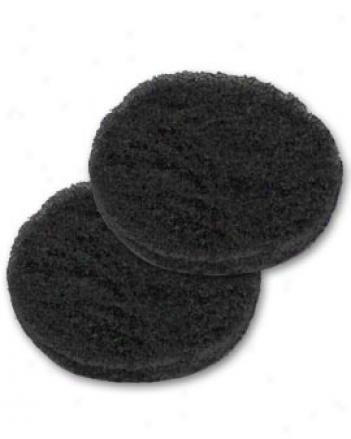Hi! It’s been a while since I’ve blogged. I’ve be very entrenched in mentally draining and environmentally wasteful activities like traveling, moving and unpacking boxes (which I’ve been recycling!). Now I’m finally mostly settled in my new home. (It’s awesome!) Despite being filled with whiny “what’s-being-done-about-this?” tenants, it has its benefits. One huge one that’s really exciting to me is that the complex has been working with the trash guys on composting. Now, when we go dump our trash and our single-stream recycling, we can also dump our compost!
Composting has been an intimidating endeavor for me because in the past it always seemed to involve bad smells, ick, worms and lots of work. And, granted, I really appreciate the worms’ job in this process but unless they’re paying rent, I just can’t fit them in the tiny apartment. This is why it’s so great the the trash guys now pick up compost and have “out-sourced” their rotten food munching to giant grinders. (Unfortunately worm labour unions all over the country are taking offense…) This makes it possible to compost a lot more without added effort (like the 3 lbs of Kleenexes a week I use during allergy season).
So I decided to get my family in on this composting thing and have been teaching them what I learn. Since it is a kind of scary new form of trash reduction for a lot of people, I thought it would be useful to teach you guys how to make a “compost” kit to get you started and make a list of the thing that I’ve learned that can and cannot be composted. Now, as I don’t have worm or tumbler experience, I’m going to have to seek out experts for that step, but if you have a trash service that will pick up compost here are the easy steps to get “in” on that.
1). Sign up for the service
2). Buy the supplies
3). Keep the bin in a cool place
4). Compost everything you possibly can
5). Empty regularly
6). Be prepared to harbor gnat fugitives. Luckily, they don’t eat much.
7). Know that it does smell a bit
The basic supplies for composting that you will need are:
- Composting pail: I got the cheapest one at the hardware store that had solid walls (vs. holes). It cost $10 or $15. It’s plastic, about a 3 gallon or smaller size and has a top and a handle. It turns out that it’s actually too small for my family (see the Kleenex comment above) but since emptying it only involves going down stairs, it’ll do for now. Eventually I want to get a decorative bamboo one for the kitchen counter so that I don’t have to run out to the patio for every Kleenex.You can also get them in steel, stainless steel, or ceramic (and probably others...).
- Filters: My box came with 1 filter and I bought a pack of 3 more just so we'd have no excuse to stop composting. Usually, each bin will have a place to put the filter and so you have to make sure you're buying the right ones. And even though in the link a pack is around $10, they last for 3-4 months each. And you can probably get them for cheaper on the web or w/ a Bed, Bath and Beyond or hardware store coupon. Also, they do, indeed, work.
- BioBag's Food Waste Bags: Oh, good ol' BioBag. Good for scooping cat and dog poo (NOT compostable). Good for lining your compost canister so it stays less icky. I got the Food Waste ones (~1 gallon) for around $7 at the hardware store, but it looks like you may be able to get them online for cheaper. We are looking into getting the 10-gallon bags to make a bigger compost
A word of warning though, since the bags are compostable, they do start breaking down in the heat so if your compost is too hot, be careful taking the full bag out.
*NOTE: Not all "biodegradable" bags are compostable. Some are labeled as "biodegradable" because they are made of plastic w/ a chemical in them that helps them break down faster. These should NOT go in your compost b/c they're not made of plant matter. BioBags are made of corn so that's why they're compostablehere.
Soooooooooooooo, that's all you really need to start off with. Since once you throw all your waste in a BioBag and dump it in the appropriate bin! And away it goes!
I will try to get a guest writer here who actually goes through the whole process and uses the compost in her garden. And the next post will be about what is compostable and what is not. (If you're curious in the interim, check out The Compost Bin (in links on the right side) or Western Disposal's website.) And eventually you'll get something that looks about like this!





No comments:
Post a Comment